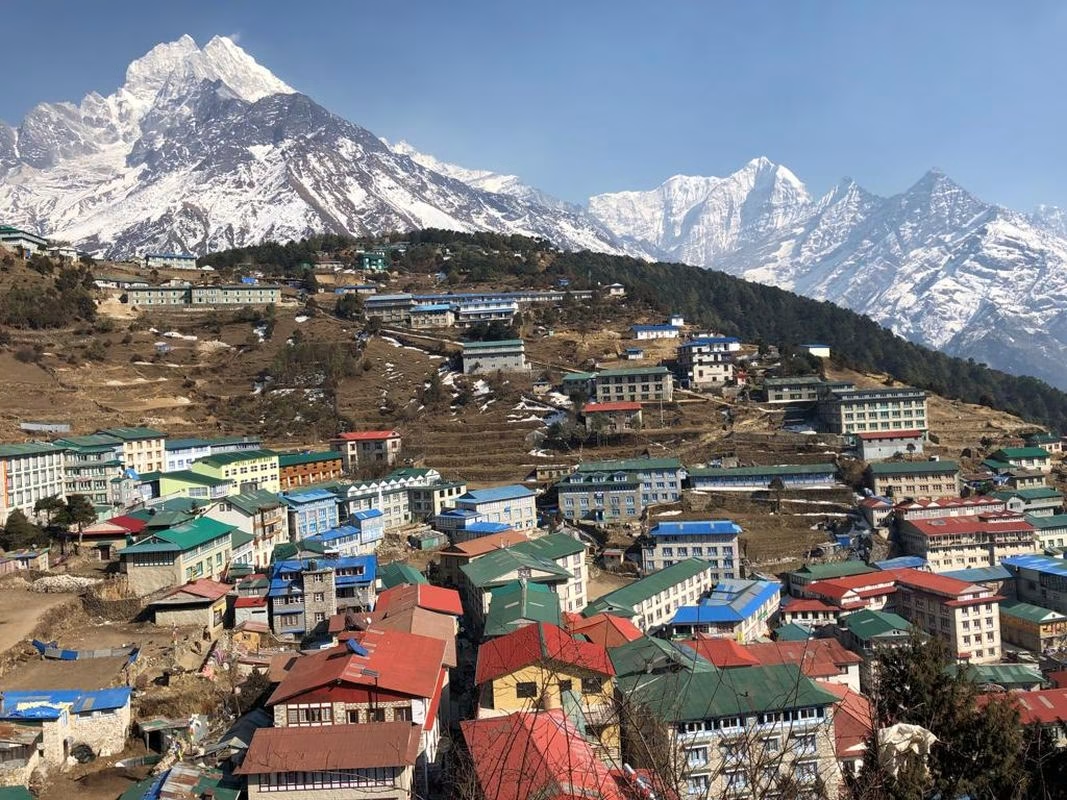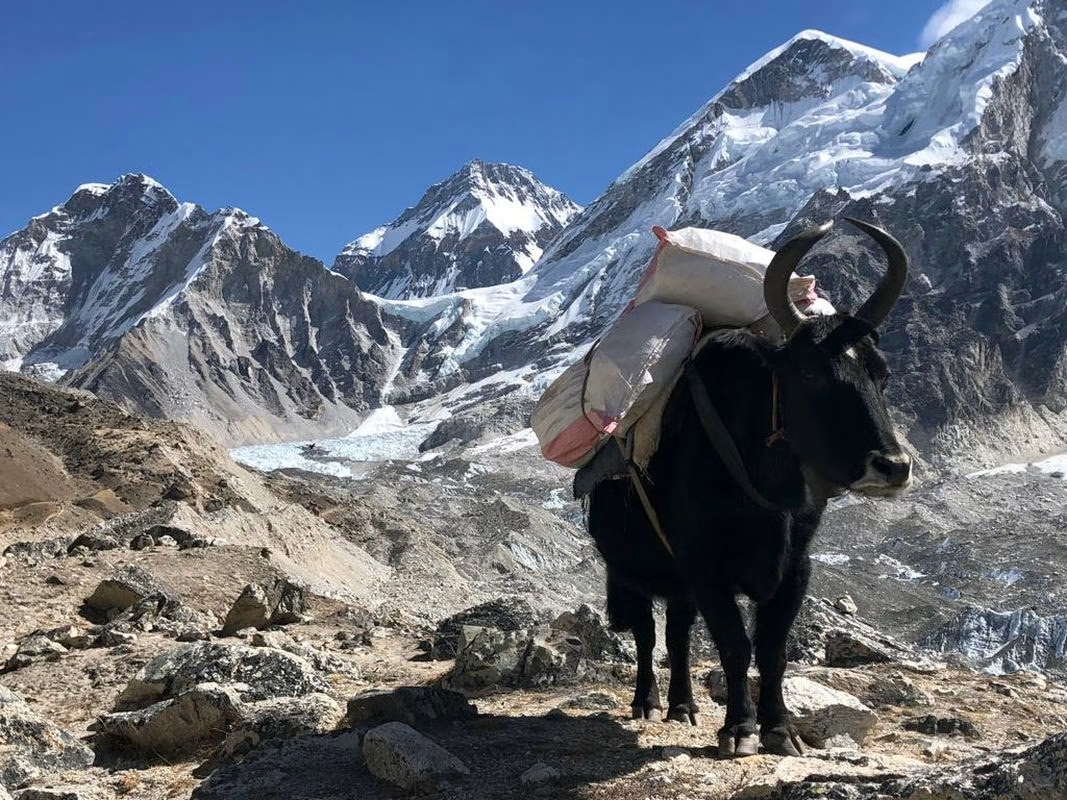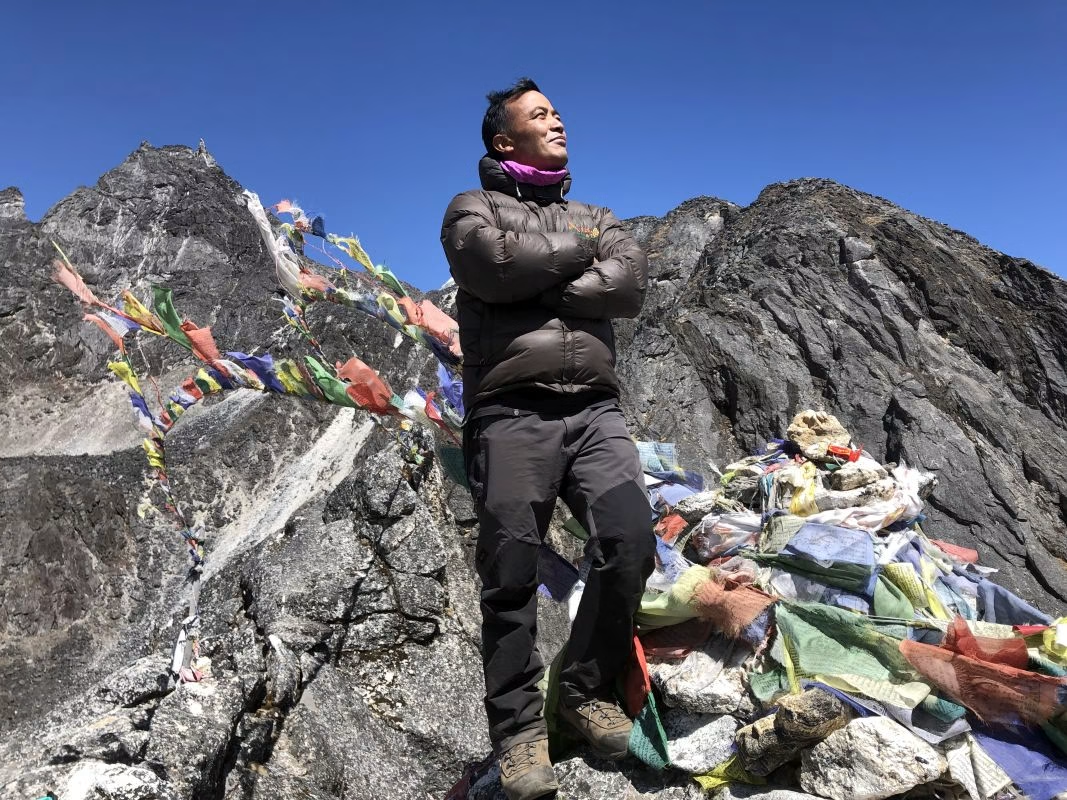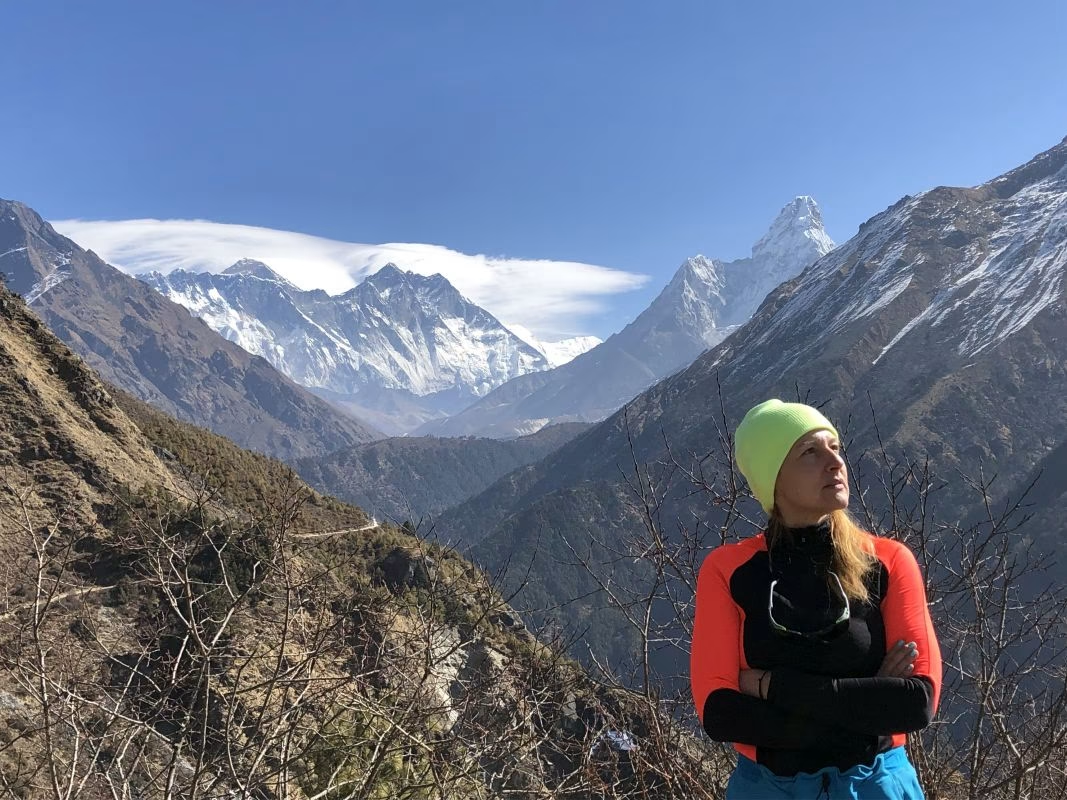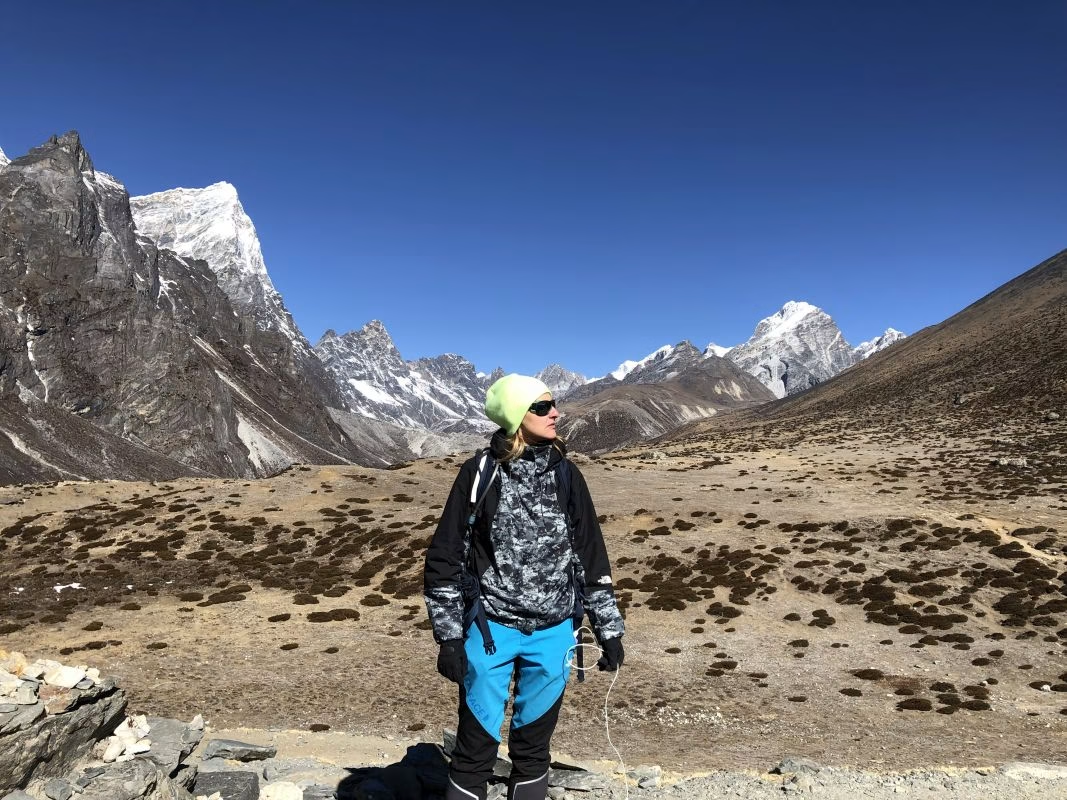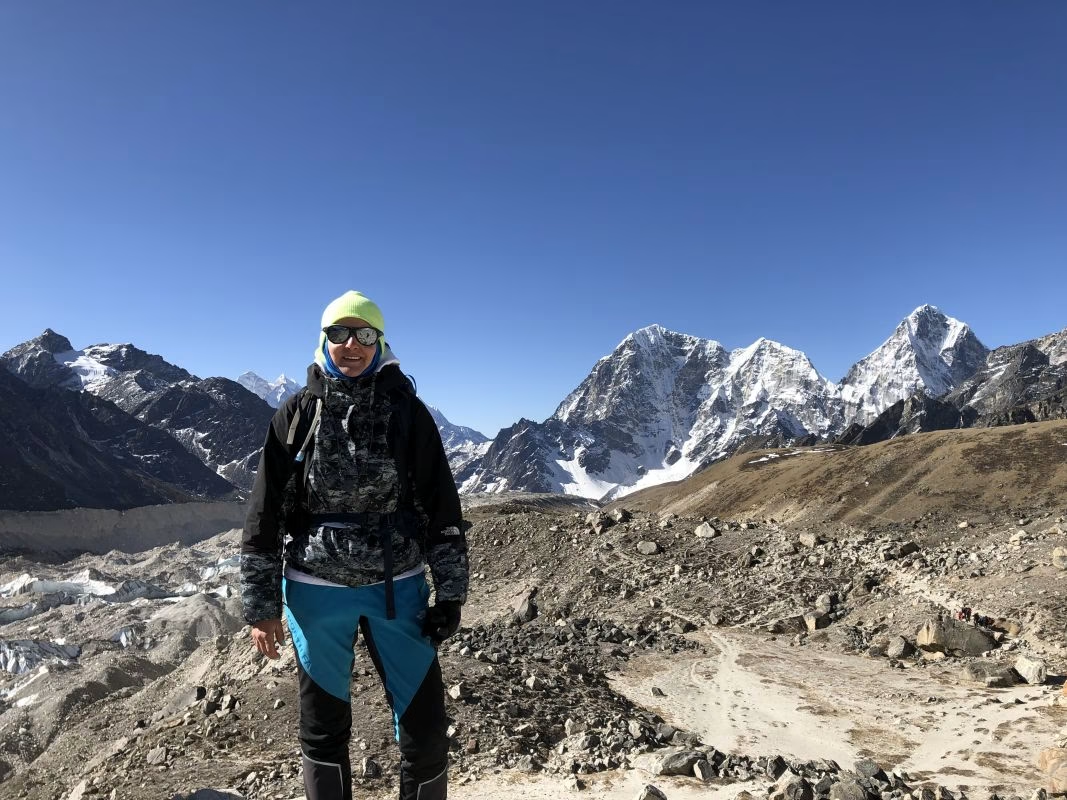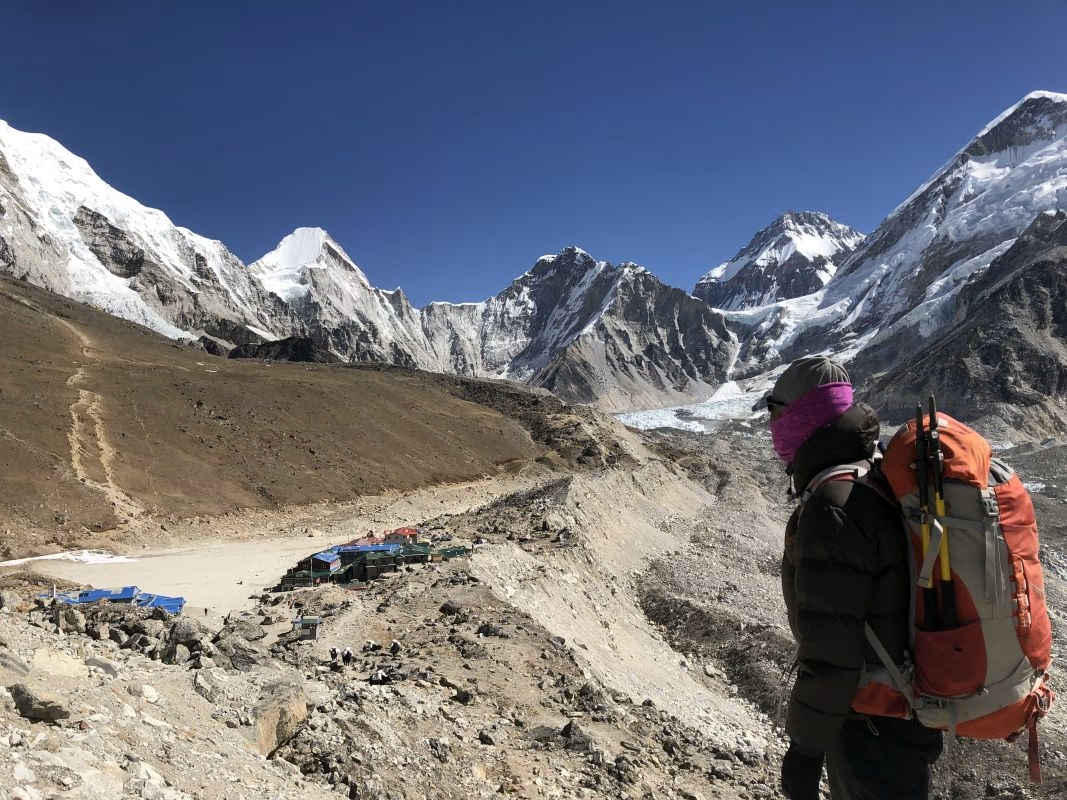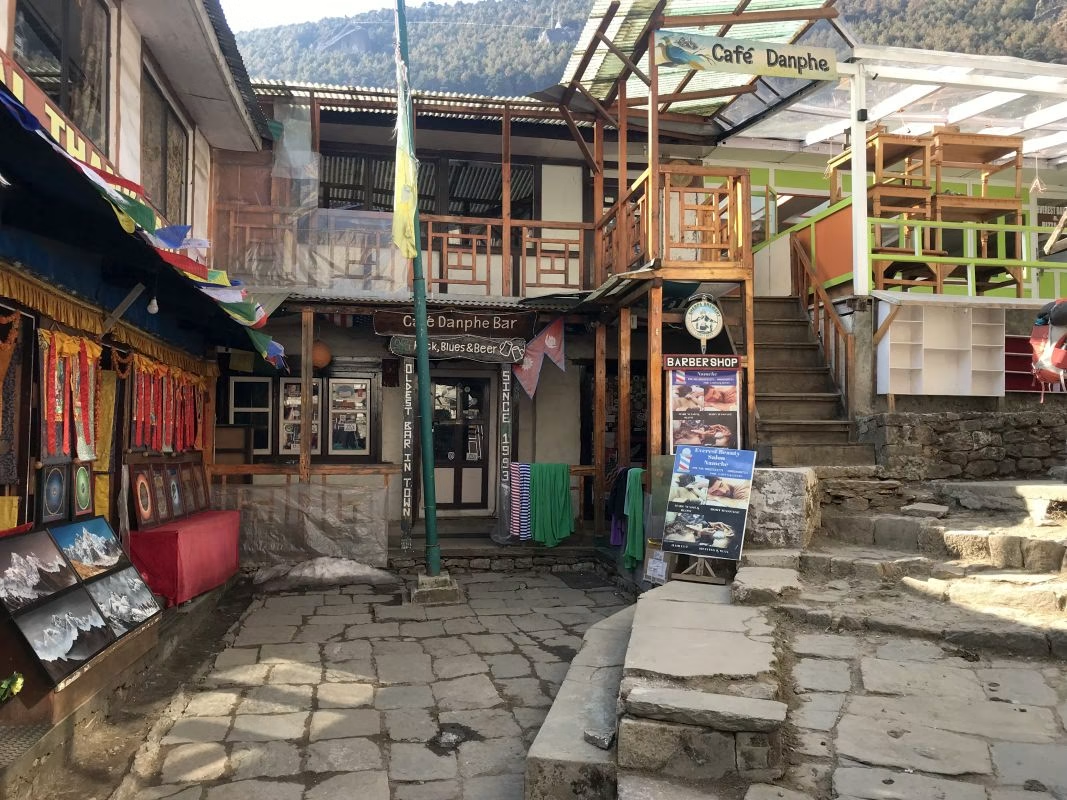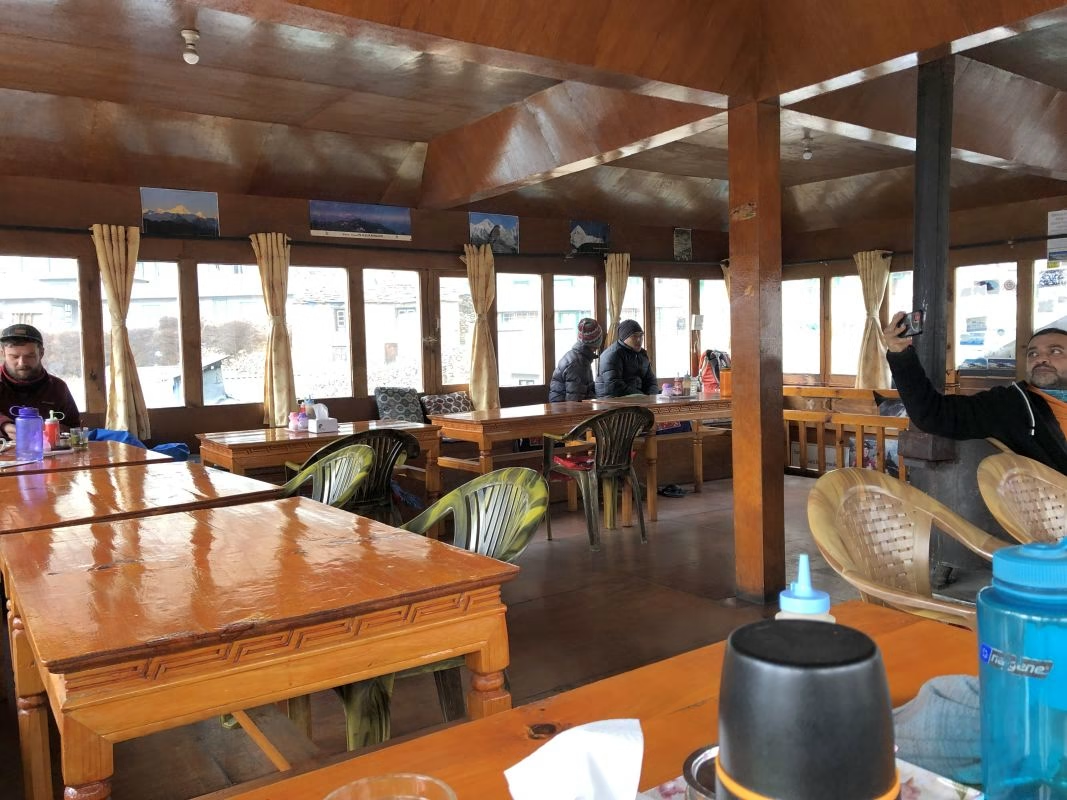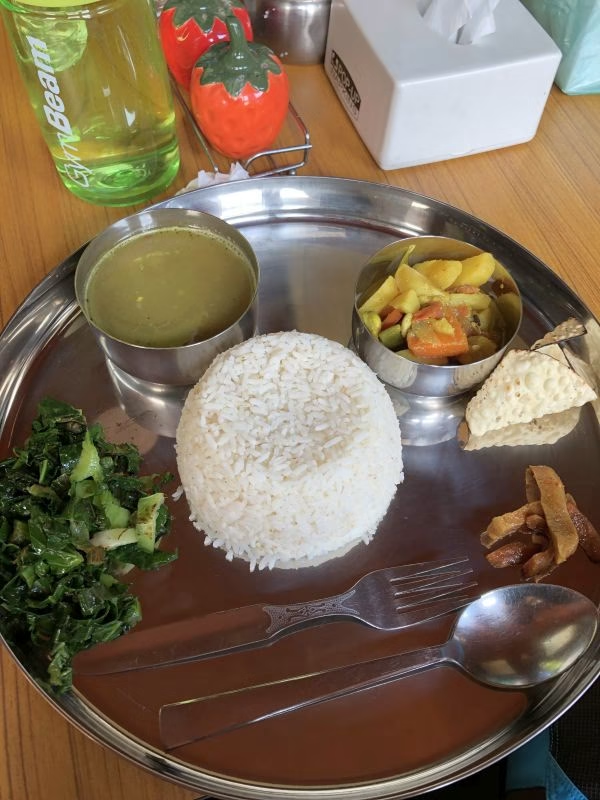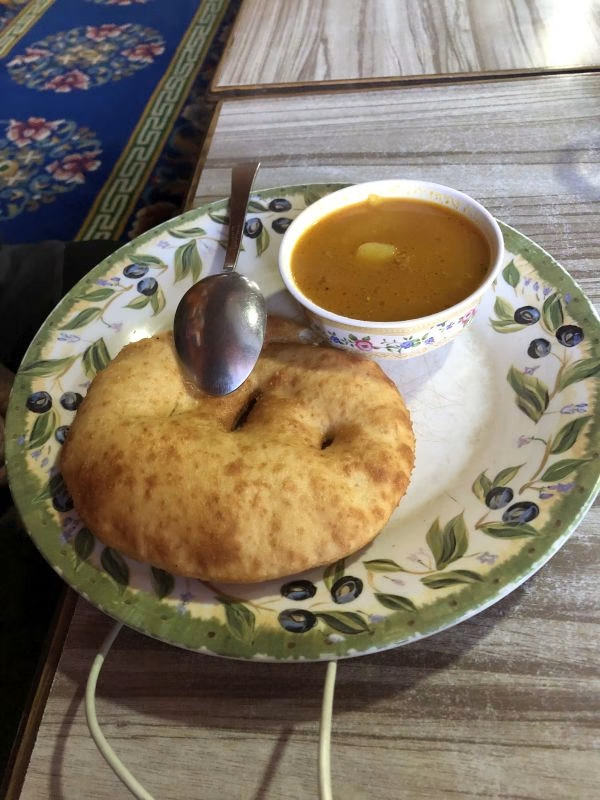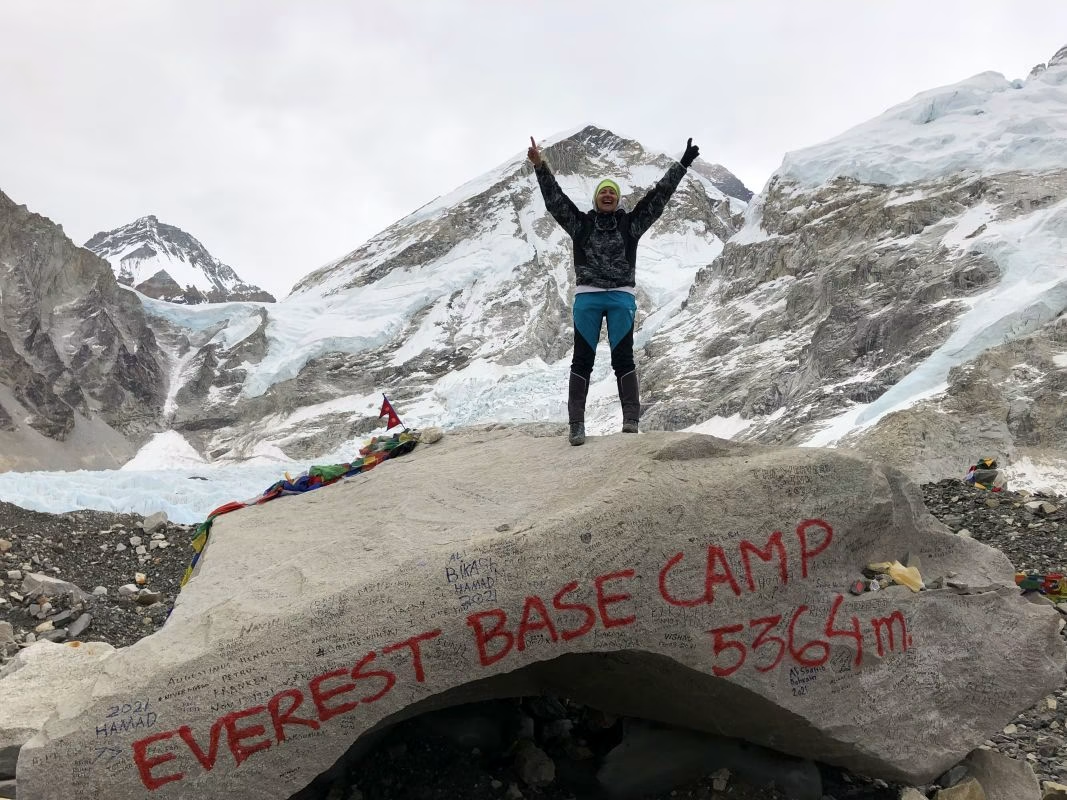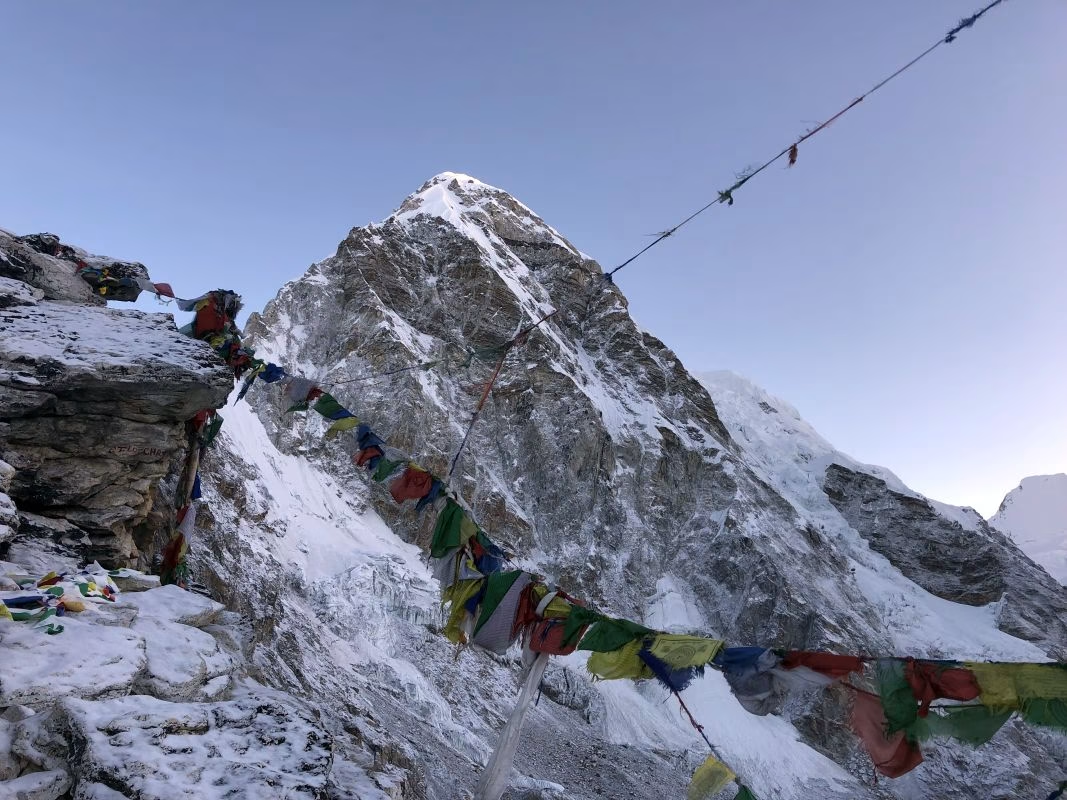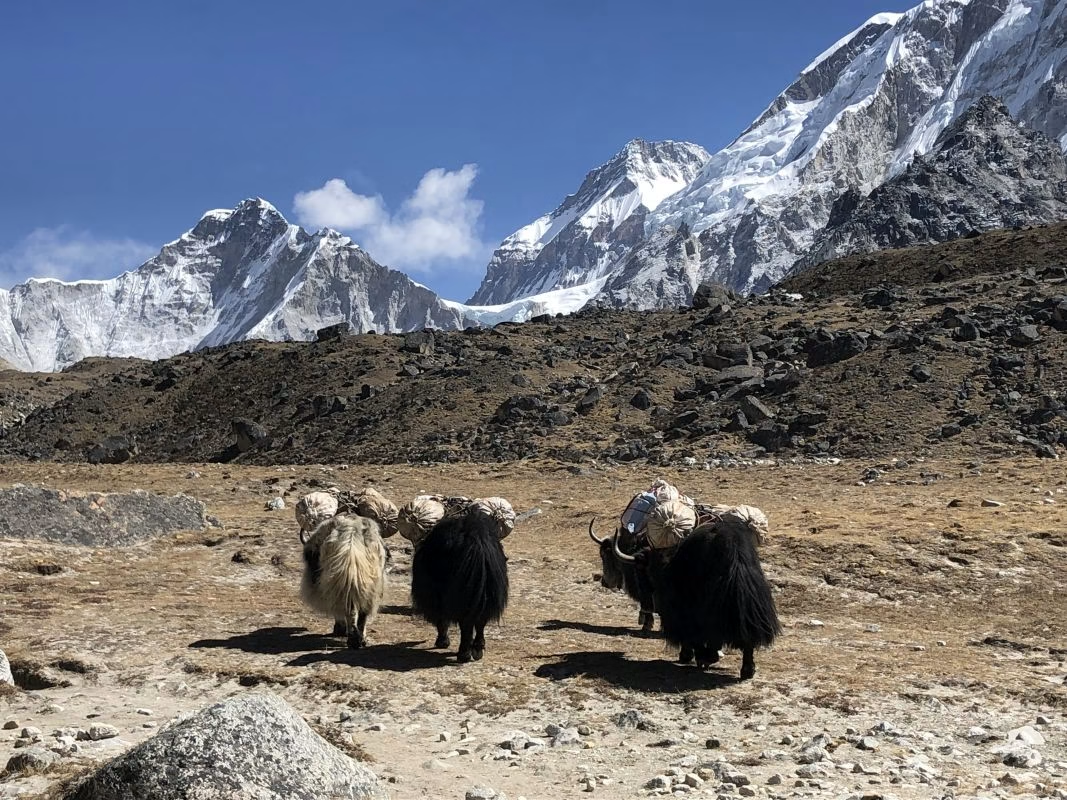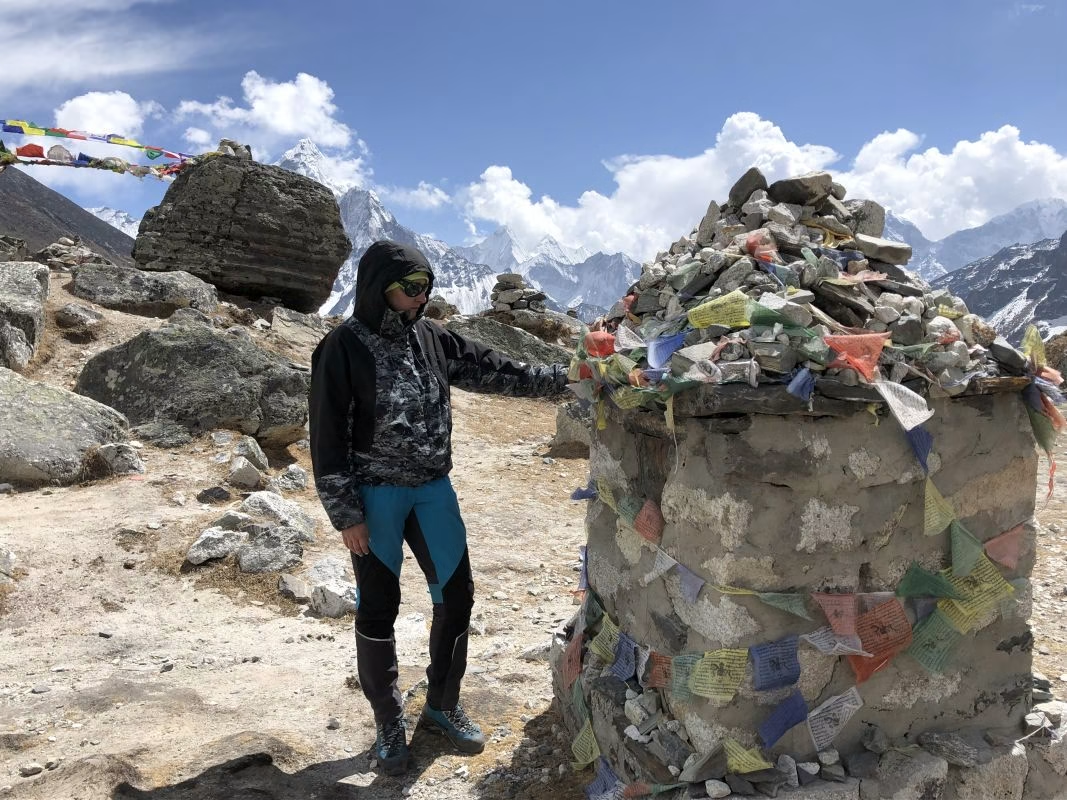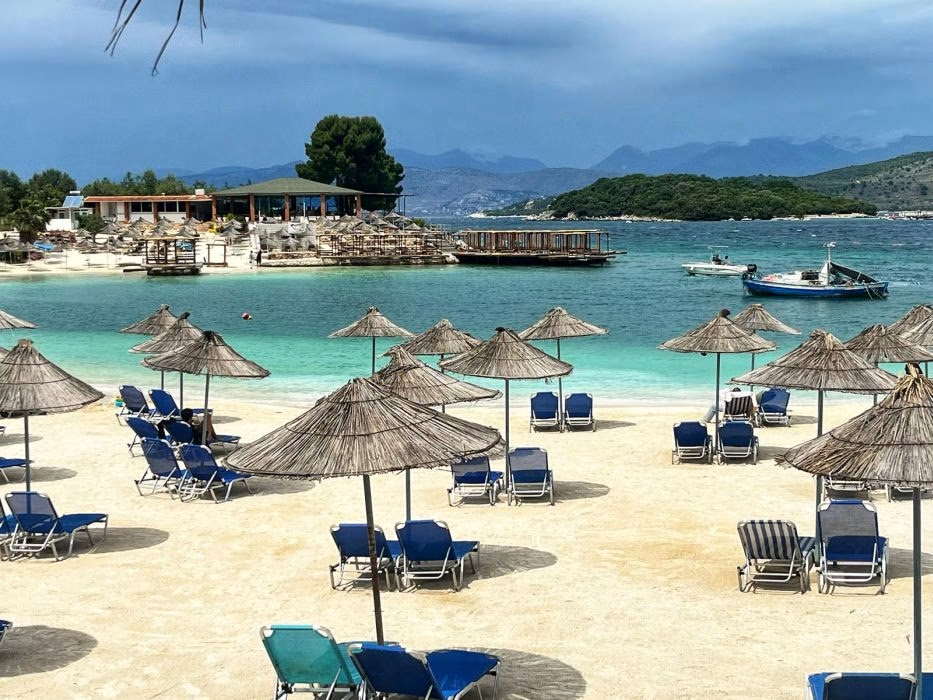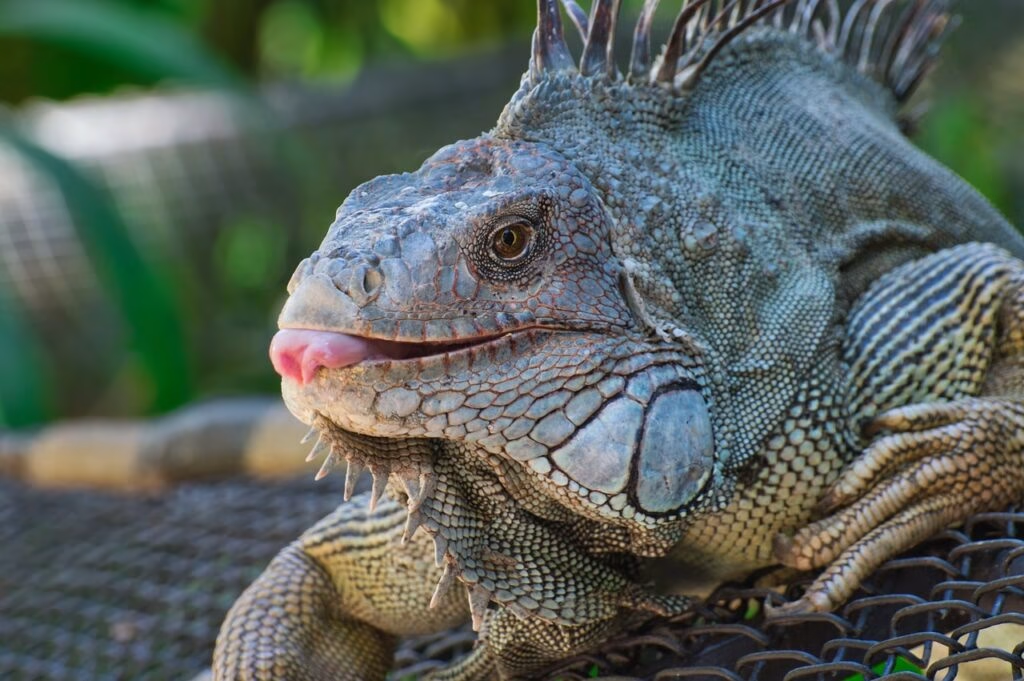On the way to the roof of the world.
If you’re thinking of trekking in Nepal – there’s nothing more beautiful than road to Everest Base Camp. This 9 or 14 days adventure leads through one of the most beautiful mountain scenery on this planet – Khumbu Valley, glacials, original Tibetan villages and monastries, surrounded by highest Himalayan peaks. Everest Base Camp Trek does not end with Khumbu Icefall but with climbing higher peak – Kala Patthar, located on the south ridge of Pumori, at the altitude of 5644 metres. Having this opportunity in your mind, most of us would be wondering how to prepare ahead of this expedition, what to expect and how to trek Everest Base Camp – all can be checked below. Remember, trekking to Everest Base Camp is a challenging adventure that requires proper preparation, physical fitness, and a positive mindset. It is important to be well-informed, follow safety guidelines, and enjoy the journey to the fullest. 😉
Here is my EVEREST BASE CAMP TREK – COMPLETE 14-DAYS TREKKING GUIDE FOR BEGINNERS.

Can beginners trek Everest Base Camp?
Before trekking to Everest Base Camp, there are several important things to know and consider. Despite being non-technical and accessible for everyone, EBC trek is not an easy adventure. You should be well trained and physically prepared to go for it. Never decide to do it from behind your office desk. It is not only very physically but also mentally challenging. What’s more, you will need to go through the acclimatizing process and cope with altitude sickness symptoms. Acclimatization is key apart from the physical and logistic preparation. I saw Sherpas getting sick at the level of 4000 metres, so don’t underestimate this trail. Moreover, some people had to turn back and some were evacuated by a helicopter, as they couldn’t cope with altitude sickness. Nothing to worry in advance – your guide will do his best that you acclimatise properly to accomplish the trek.
If you are wondering is trekking Everest Base Camp safe, I’d say most of the trail it is. But don’t forget 21 people died in the Himalayan Base Camp in 2015 avalanche, while the earthquake killed nearly 9000 people in Nepal.
Is it difficult to trek Everest Base Camp?
You will be trekking up and down a rocky or sometimes snowy trail and the trek will become more challenging with the altitude. You’ll be covering 15km a day which is equivalent 6-7 hours trekking. After reaching EBC you will undertake the last stage of the adventure – a night climb to Kala Patthar. This will be a long day and of course highly challenging. From there you’ll start your way down back to Lukla and you’ll be covering 20 km a day.
Can you imagine that before the pandemic in October 2019 there was 800 trekkers daily heading to Everest Base Camp. That means lots of human and donkey traffic, yak caravans, overcrowded lodges and restaurants, dirt and noise everywhere. It’s hard to imagine enjoying this beautiful scenery in such circumstances. Guides said it was very hard at times to manage big groups of people. I was extremely lucky with timing; in March 2022 the trail was loose, comfortably accommodating only few tour operators. Most of the countries would still have pandemic travel restrictions. I had my guide for myself and I can’t express how happy I was.
Sherpas - the bravest hearts in Himalayas.
Sherpas have lived in the high altitudes of the Himalayas for generations. The Everest region is home to the Sherpa people, who have a rich cultural heritage, it is highly important all of us respect their local culture. One of the best profession in the region is high altitude guide or porter. I’ve never seen people working so hard as Sherpas. Each year they are serving thousands of foreign hikers and climbers attempting different mountains in Himalayas. While foreign tourists and expeditions would bring money and give them jobs they need, we should never forget to share a huge respect for their hard work. None of us would ever be able to do it without their help, either as guides, porters or chefs.
Do you need a guide for Nepal trekking?
YES – from April 2023 Nepal has introduced a law saying any foreign traveler, whether solo or in a group, needs to be accompanied by a licenced guide on Himalayan trekking. This is for two reasons – to ensure safety among all Himalayan visitors and to strenghten employment among locals. From my persepctive it is the only right decision – I’ve seen people trekking Everest Base Camp on their own and it was highly irresponsible. They had symptoms of high altitude sickness
Medical insurance for Everest Base Camp.
Travel Insurance is essential to have comprehensive travel insurance that covers trekking at high altitudes and emergency medical evacuation. Make sure to read the policy carefully and understand what is covered – helicopter evacuation needs to be included in the package! Rescue helicopters can fly to EBC, some people were evacuated from Lobuche while I was there.
Can helicopters fly to Everest Base Camp?
There are number of Mount Everest Scenic Helicopter Tours per day, you’ll be seeing them flying toward Everest Base Camp. This once in a lifetime opportunity to witnes magnificent panorama of the tallest mountain in the world, becomes more and more popular. It’s a day mountain tour (usually 4-5 hours) starting and ending in Kathmandu, offering aerial views of glaciers, camps, mountaineering routes on the world’s highest mountain.
How to pick the right trekking agency?
BEST ADVISE – choose local agency not foreign! Local agencies have best instructors, guides and experience. They are also much cheaper than any foreign agency. I went with Exciting Nepal Treks & Expeditions, I liked their website, they had a great rating and I liked the fact they operate in few countries like Nepal, China, Bhutan.
Jump to their blog to read guest post about my EBC Trek.
Suman my guide was the best copmanion I could imagine for this expedition. It was just the two of us and it was a beautiful and unforgettable journey.
What to know ahead of Everest Base Camp Trek.
Physical Fitness: Trekking to Everest Base Camp is a challenging endeavor that requires a good level of physical fitness. It is recommended to engage in regular exercise and cardio workouts to prepare your body for the demands of the trek.
Altitude Sickness: The trek to Everest Base Camp involves gaining significant altitude, and altitude sickness can be a serious concern. It is important to acclimatize properly – the right agency will make sure you take rest days and ascend gradually. They will explain all the symptoms of altitude sickness and they will monitor your condition and provide medical help.
Trekking Permits: The agency will ensure all permits to trek in the Everest region. The two main permits required are the Sagarmatha National Park Entry Permit and the TIMS (Trekkers’ Information Management System) Card. These can be obtained in Kathmandu or through a trekking agency.
Weather and Seasons: The weather in the Everest region can be unpredictable, and it is important to choose the right season for your trek. The peak trekking seasons are spring (March to May) and autumn (September to November), when the weather is generally clear and stable. I hiked in March and the guide told me it was one of the best weather conditions of all times ;))) ensuring perfect air visibility across the region. The air was actually crystal clear, we had no rain just winds.
What to pack for Everest Base Camp?
PACKING AND GEAR FOR EBC: Packing the right gear is crucial for a successful trek. Some essential items include:
- comfortable backpack – make sure it is not too heavy – it will be difficult to carry especially in higher altitudes.
- trekking boots – you need to try them ahead of the EBC trekking, you need to be sure they fit long-distance hiking. Additionally at least 2-3 pairs of climbing socks.
- Crampons and hiking poles,
- Ice-axe will be provided by the agency
- Warm clothing layers, wind and rain proof jacket is a must!
- a good quality sleeping bag,
- a first aid kit, including high altitude sickness tablets.
- It is also advisable to pack some high-energy snacks and water purification tablets (however I didnt use them at all).
- Water camel bag – one of the most useful things I had for this trip! I can’t imagine hydration process without it (remember you need 4-5 litres of water every day),
- must-have sunglasses for high altitudes, mountaineering, climbing or polar expeditions,
- Warm hat, 2 pair of gloves,
- Thermos – it was a life saver. Hot tea/drink is essential at high altitudes – you will get tea, ginger, lemon and honey in almost every tea-house. Leave it overnight to wake up with a hot tea cup.
Accommodation and food at EBC trek.
Along the trekking route, there are teahouses and lodges that provide basic accommodation and meals – which is included in your trekking price. It is recommended to carry some cash as credit cards may not be accepted in remote areas. The teahouses offer a variety of meals, including local Nepali dishes and international cuisine.
How to trek Everest Base Camp?
Plan your trekking itinerary carefully, considering the number of days you have available – EBC treks start from 9 days up to 14. 14-days trekking gives you more flexibility in case of bad weather or unforeseen circumstances. Also, I wanted to take my time in this amazing adventure 14 days trek is actually 12 days trek.
CHECK MY EVEREST BASE CAMP TREK – DAY BY DAY ITINERARY.
Your guide will monitor your health condition – most of people would need to go on pills to help maintain the altitude sickness. I had to go on pills as well, despite I was hoping it wouldn’t be necessary.
The hardest for me was staying without a hower for 7 days ;))) There are shower facilities but there is no hot water. It’s simply impossible to shower in such cold conditions, you can still wash, wet tissues are very hepful 😉
You also need to manage cold at night, it was a bit difficult for me, but I always had my thermos with hot tea aside by bed.
The quality of the sleep decreases with the altitude. Ahead of Everest Base Camp I probably only got 4-5 hours of sleep. I was really exhausted ahead of Khala Pattar – the highest peak of the EBC trek, it’s a night ascent after EBC. I couldn’t sleep at all and you wake up at 3am for the climb.
The apetite is low but your Sherpa will make sure you eat enough to have energy.
Overall, Everest Base Camp Trek is a magnificent, inspiring mountain trail through breathtaking Himalayan scenery. You get to know fantastic people, visit Tibetan-style monasteries and live among incredible Sherpa culture.


